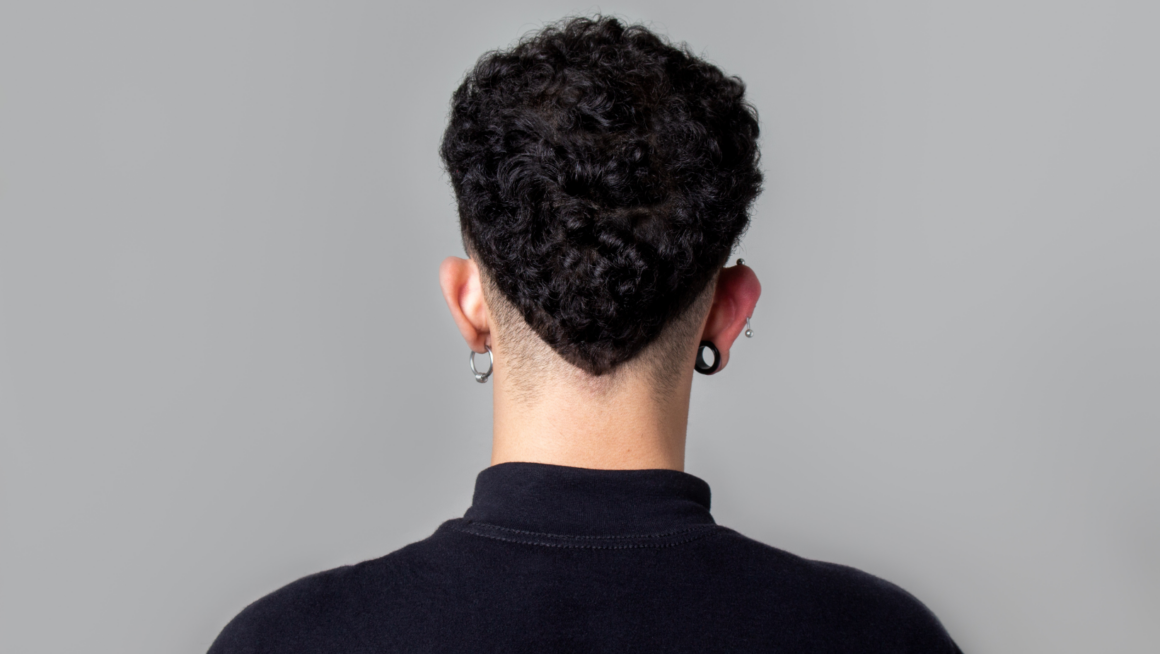
In the vibrant world of hair styling, “taper fade” is more than just a buzzword. It’s a style statement that’s been turning heads and setting trends. This captivating haircut, with its smooth transition from thick to thin, is a perfect blend of precision and creativity.
Whether you’re a style enthusiast eager to try something new or a barber looking to expand your repertoire, understanding the taper fade is essential. This article will provide tips for navigating the intricacies of this popular hairstyle, its variations, and how it’s been redefining grooming standards.
So, buckle up for an exciting exploration of the taper fade, a hairstyle that’s as stylish as it is versatile. It’s not just a haircut, it’s a testament to the dynamic world of hair fashion.
Understanding the Taper Fade

Grasping the essence of the taper fade requires unpacking its components and its evolution. This radical hairstyle, a blend of two techniques, has been a game-changer in the fashion industry, influencing styles beyond the national borders.
What is Taper Fade?
The Taper Fade, often mistaken as just another haircut, serves as an identity statement for many individuals across the globe. This unique blend of two hairstyles – the taper and the fade – offers several variations tailored to suit different face shapes, personal styles, and hair types.
In essence, a taper haircut maintains hair length at the top of your head, while the hair length gradually reduces towards the neck. The fade, on the other hand, blends into the skin, giving a smooth transition from hair to skin. Combine the two, and you get the Taper Fade, a hairstyle offering varying lengths and dynamic visual appeal.
Origin and Evolution of Taper Fade
The roots of the Taper Fade stretch back to the military-inspired styles of the 1940s and ’50s. Haircuts with close-cropped sides and back, like the ‘High and Tight,’ served as precursors to this blended style.
Over time, the Taper Fade evolved, with elements of creativity and personalization, reflecting cultural shifts and societal trends. From rock stars of the ’80s to hip hop artists of the ’90s, and now a staple among celebrities and youth, this hairstyle continues to shape personal style narratives.
The manifestation of the Taper Fade in the modern day holds multicultural significance and a rich history, standing strong as a testimony to its popularity and stylistic versatility.
The Process of Achieving Taper Fade

Emanating from traditional barber skills, the ability to execute a flawless taper fade requires a combination of professional techniques and focused attention to avoid common pitfalls. This section sheds light on these desired techniques, as well as the most common mistakes to watch out for in the process.
Expert Techniques to Learn
Mastering the taper fade necessitates an understanding of certain key techniques. First, setting the initial guidelines with a trimmer proves crucial, defining your starting point for the haircut. For example, a barber may start at the nape of the neck, creating a defined line around the head.
Second, the use of different guard sizes on the clipper provides the multi-leveled effect typical of a taper fade. Barbers typically switch between multiple guards, such as 2, 1, and 0, to incrementally shorten the hair from top to bottom.
Third, consistent checking of the haircut at multiple angles ensures an even fade. This stage may involve the barber rotating around the chair, viewing the client’s hair from various perspectives.
Common Mistakes to Avoid

Significant mistakes, while achieving a taper fade, primarily stem from a lack of experience or attention to detail. One common error is creating harsh lines during the initial guideline setting, resulting in a stark contrast between hair levels. This outcome contradicts the gradual fading effect that a taper fade intends to showcase.
Another prevalent mistake involves inconsistent fading due to the improper use of clipper guards. For example, jumping directly from a size 3 guard to a size 1 creates a noticeable disconnect within the intended smooth gradation.












